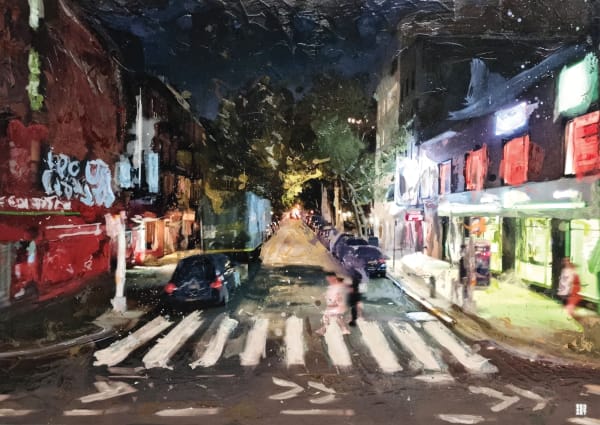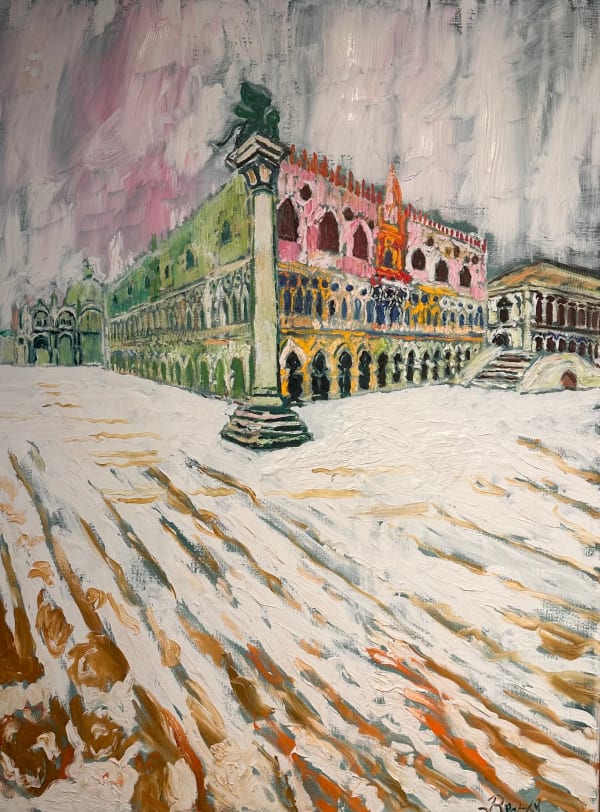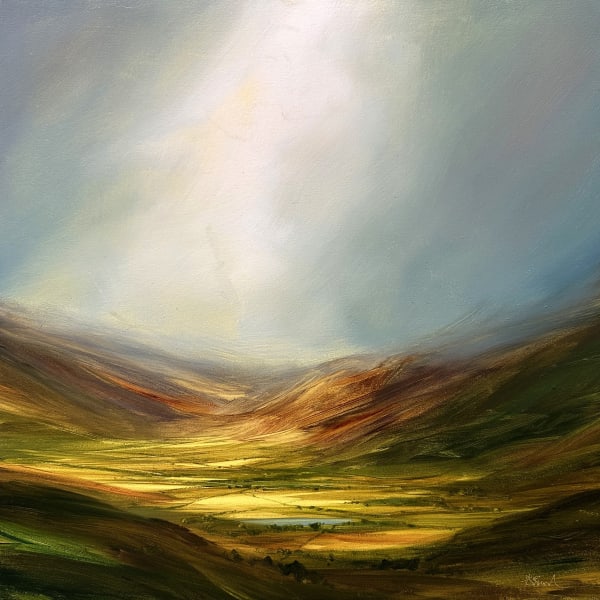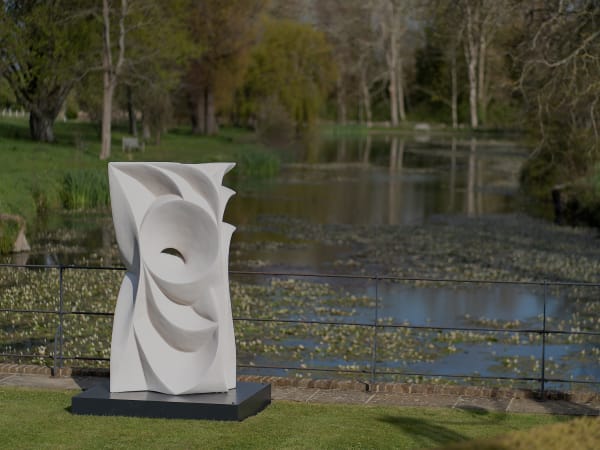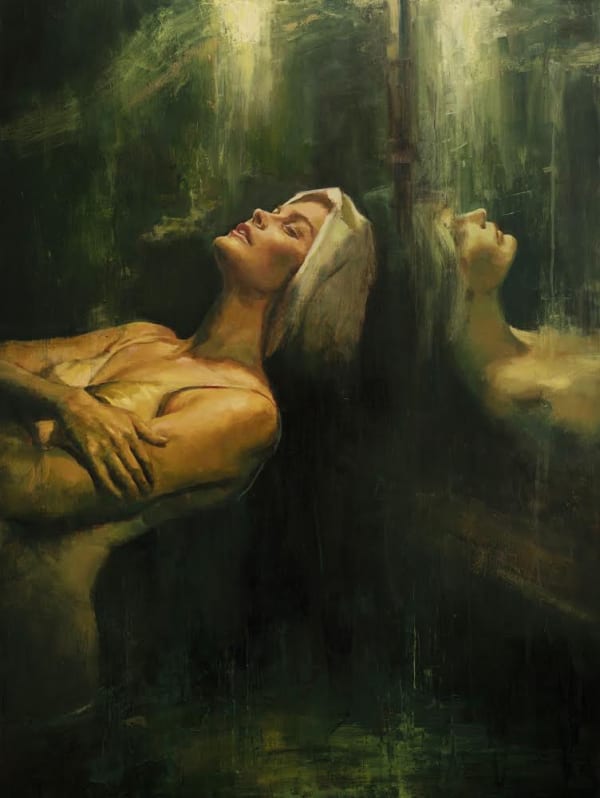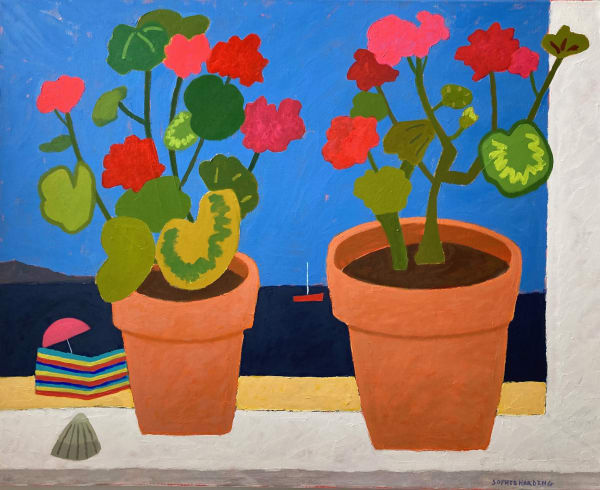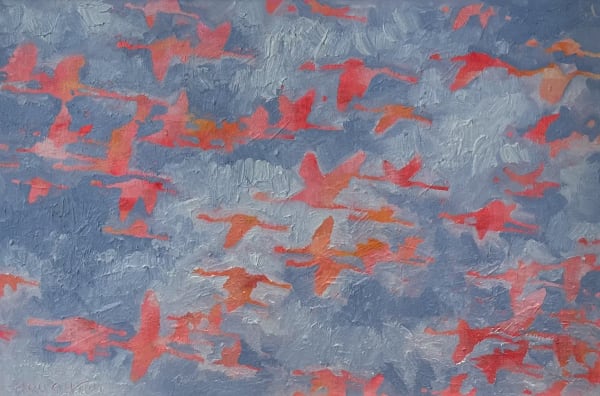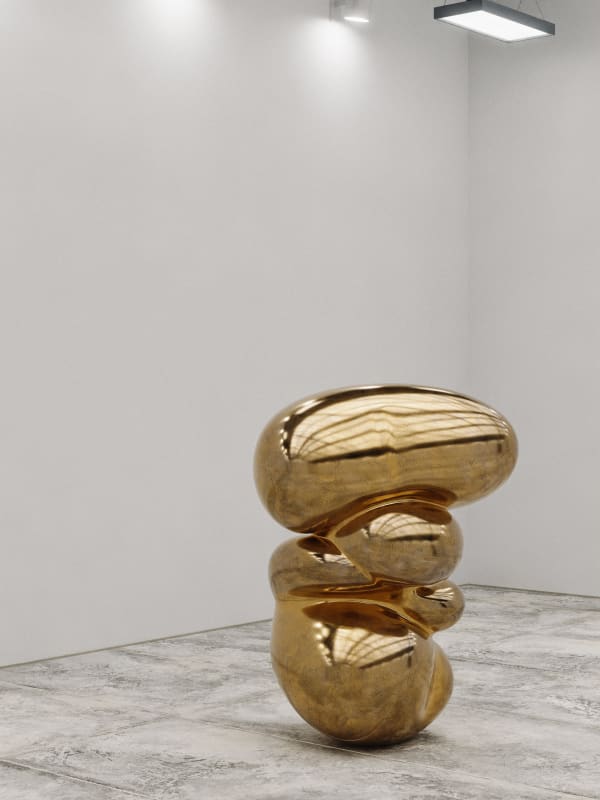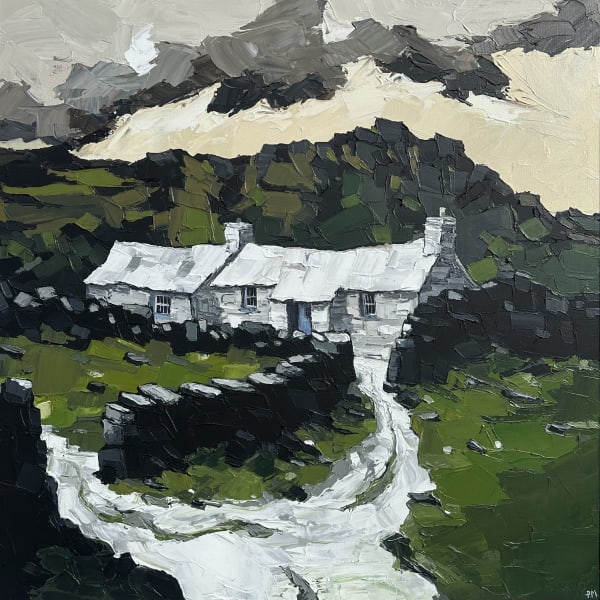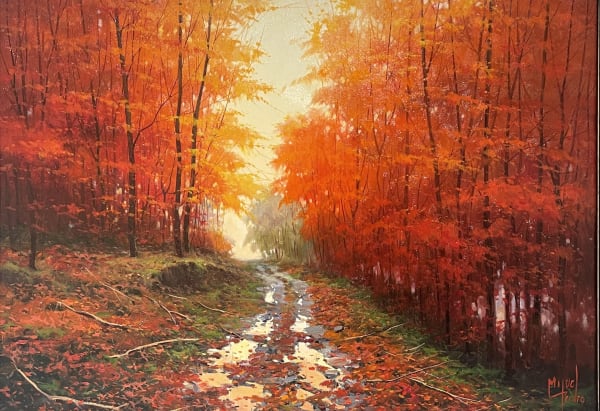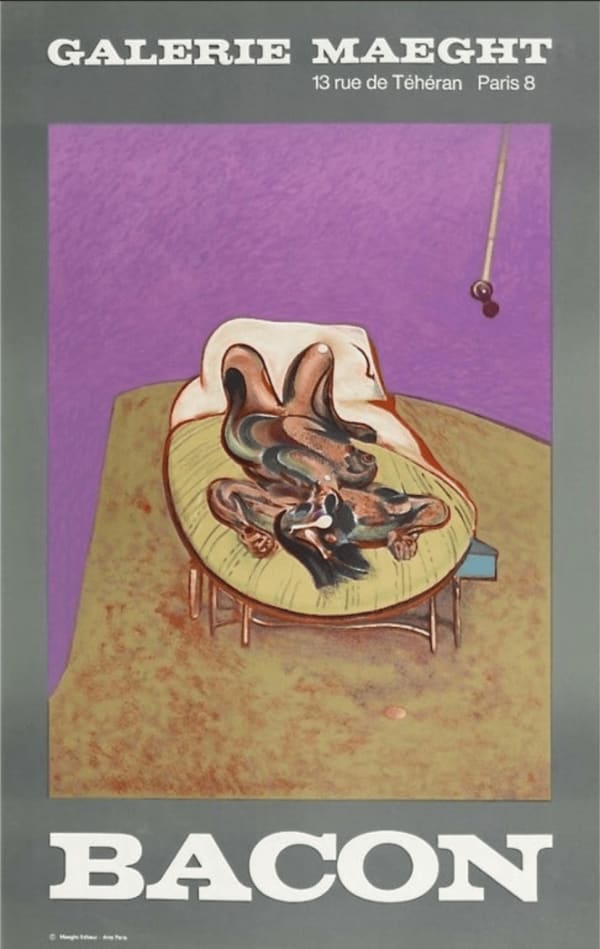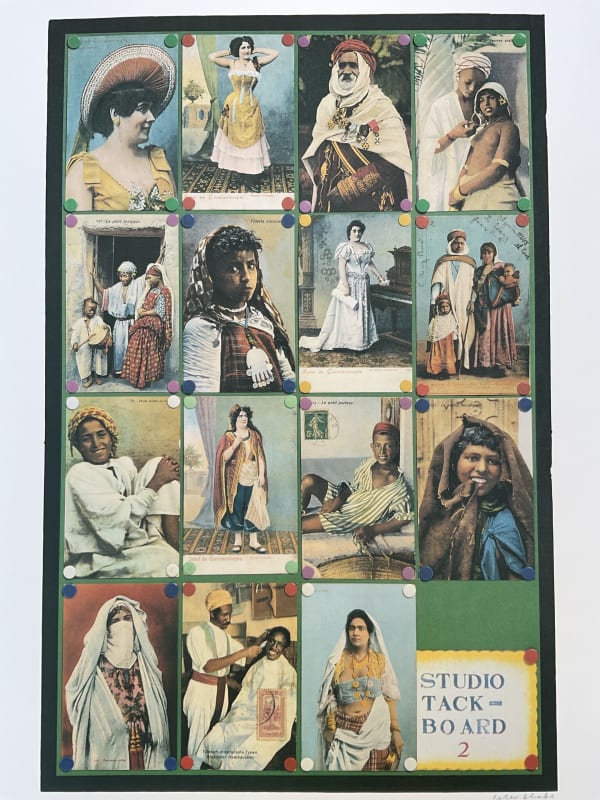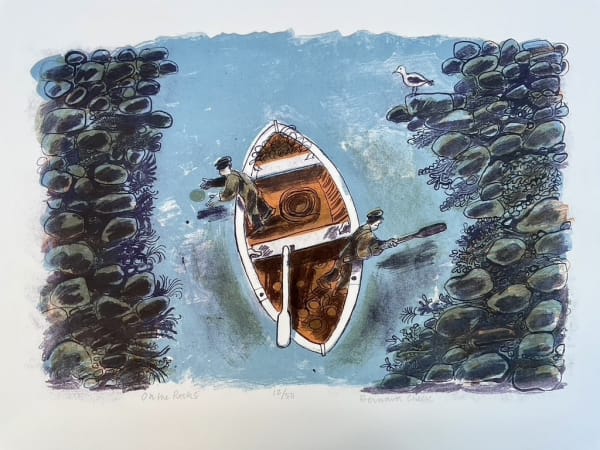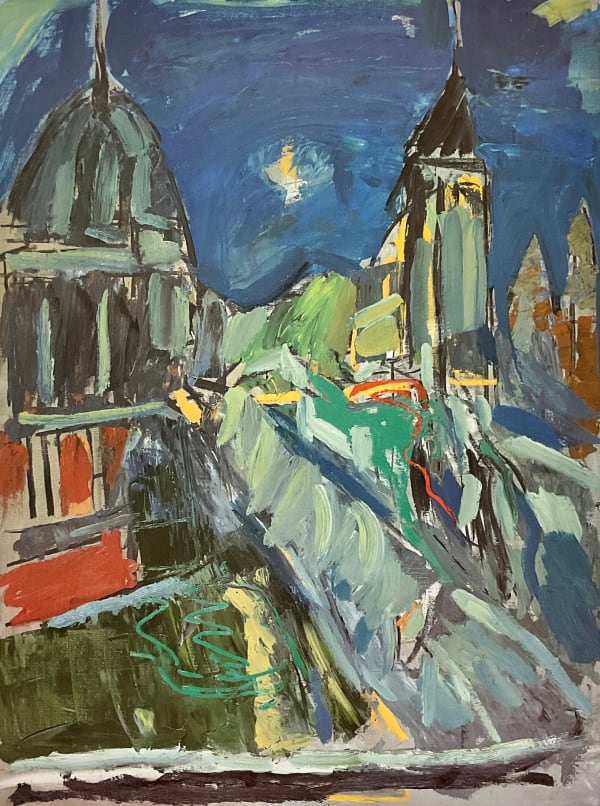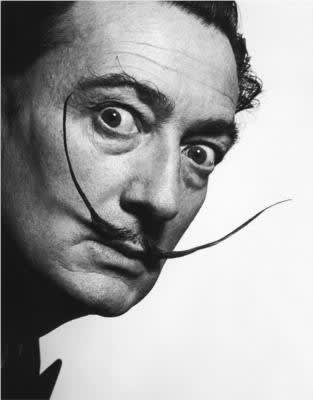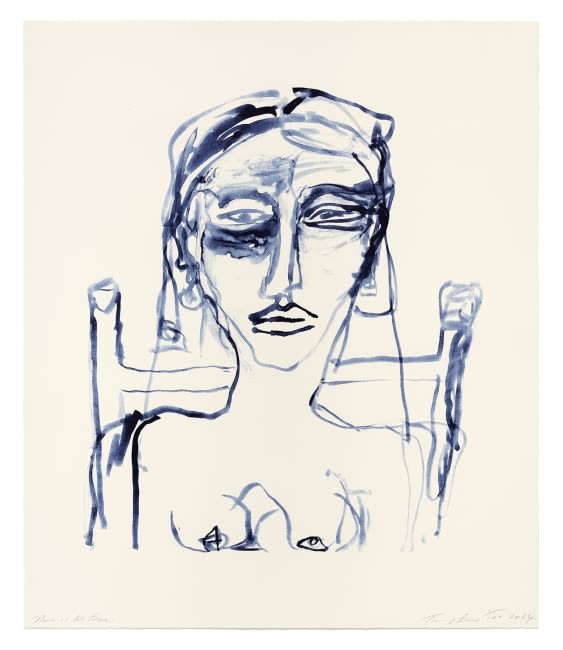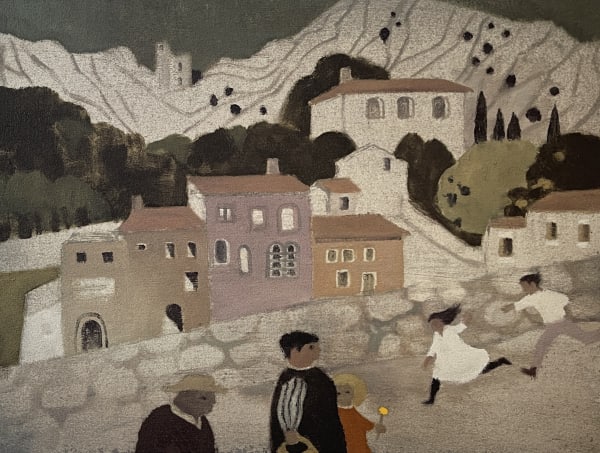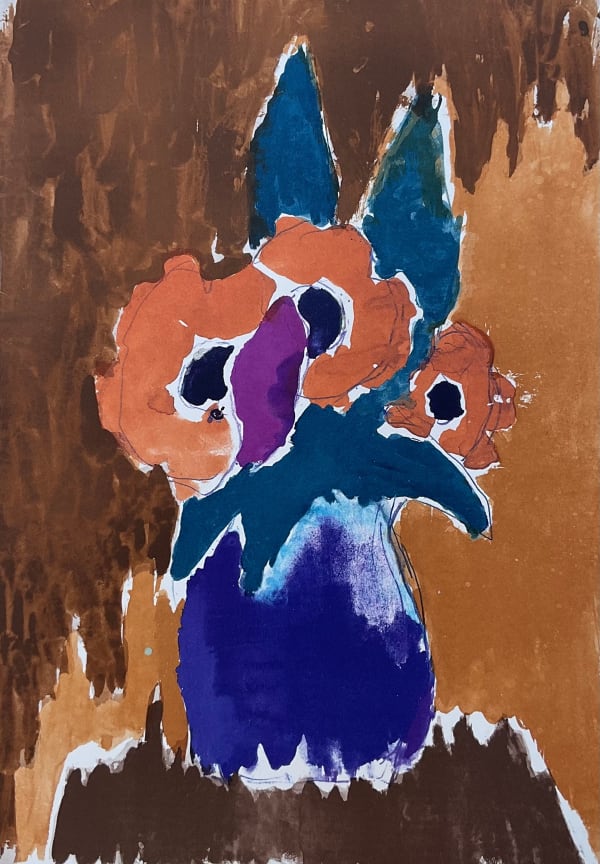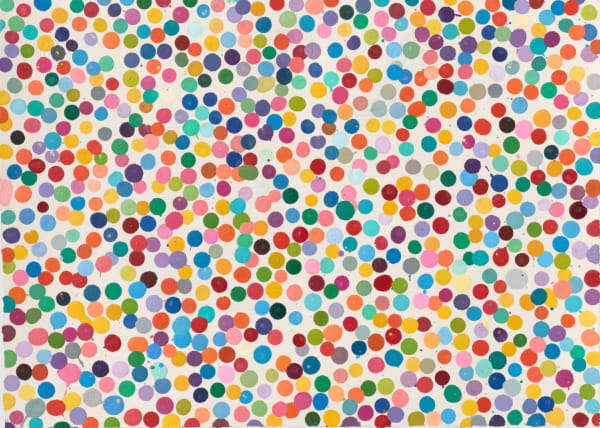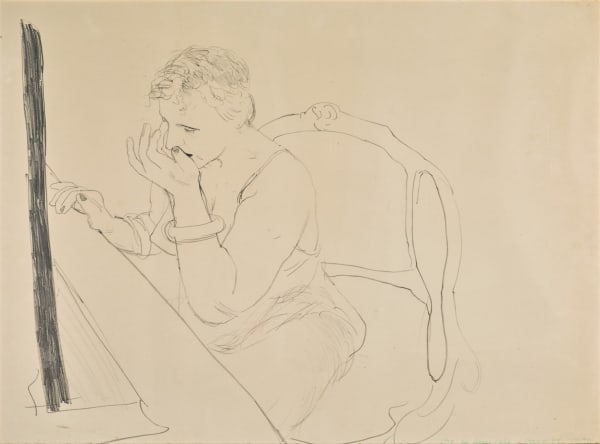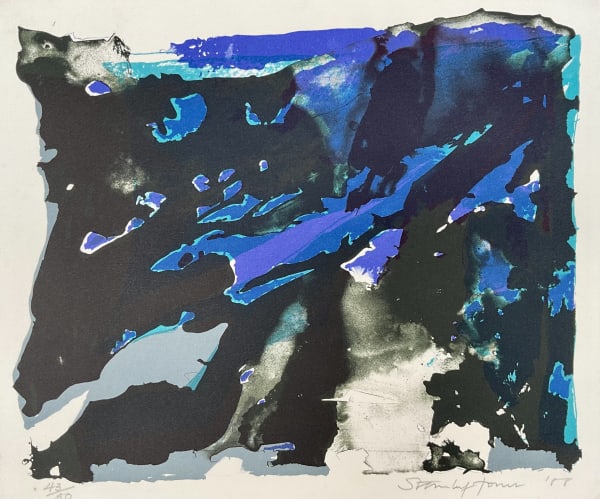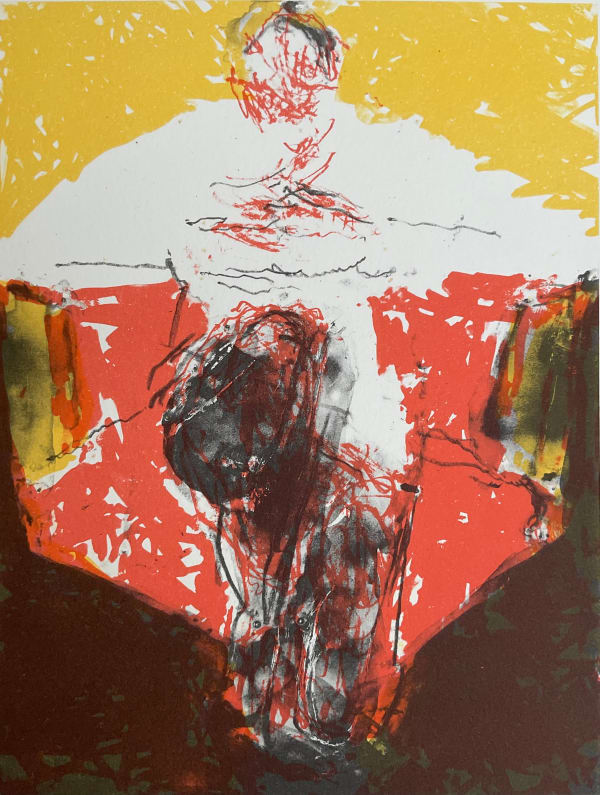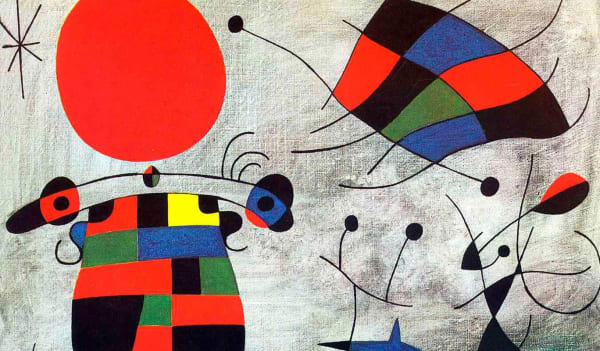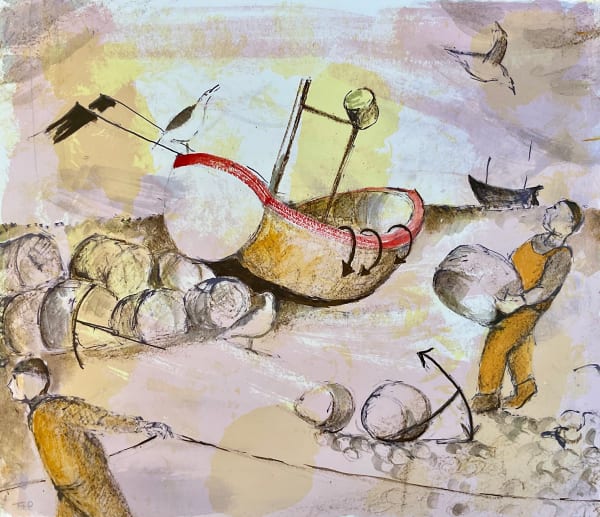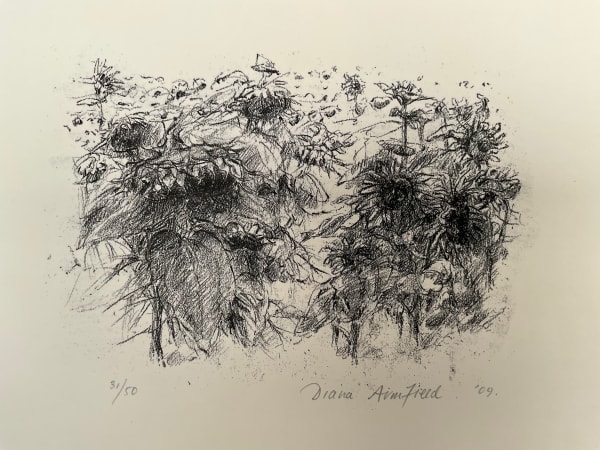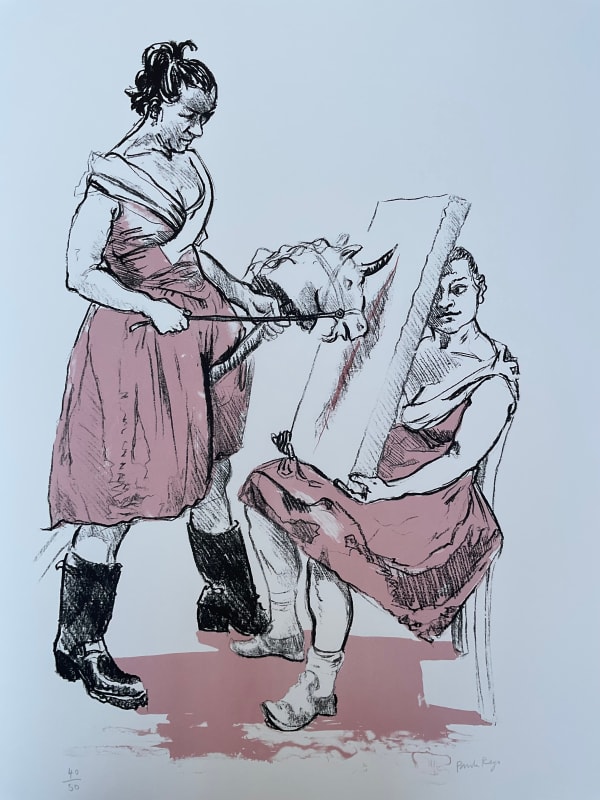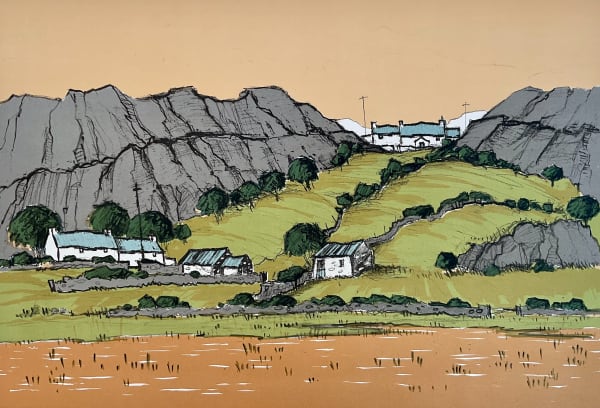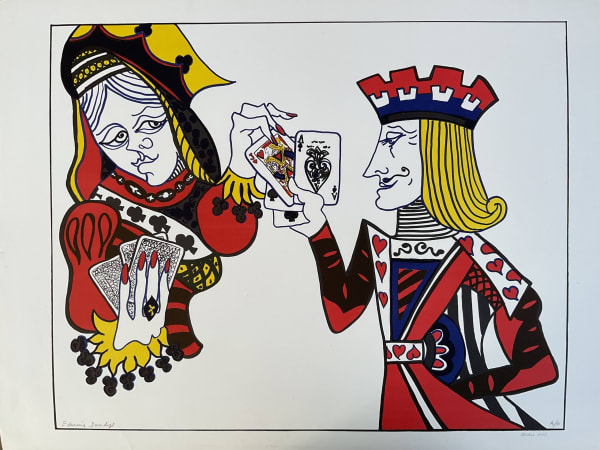Represented Artists
-

Ben Ark
-

John Bratby
-

Harry Brioche
-

Sue Campion
-

Halima Cassell MBE
-

Jacob Chandler
-

Hugh Chapman
-

Jacob Gourley
-

Sophie Harding
-

Jeremy Houghton
-

Kris Lamba
-

Martin Leman
-

Martin Llewellyn
-

Ann McCay
-

Lucy McLaven
-

Peter Morgan
-

Mark Payne
-

Miguel Peidro
-

Rachel Peters
-

Ian Rayer-Smith
-

Endre Röder
-

Richard Smith
-

Almuth Tebbenhoff
-

Jenny Wheatley
Artists Exhibited
-

Carry Akroyd
-

Francis Bacon
-

Peter Blake
-

Bernard Cheese
-
John Claridge
-

Peter Coker
-

Salvador Dalí
-

Tracey Emin
-

Mary Fedden
-

Terry Frost
-

José Giner
-

Antony Gormley
-

Josef Herman
-

Damien Hirst
-

David Hockney
-

Stanley Jones
-

Sargy Mann
-

Joan Miró
-

Tessa Newcomb
-

Diana Armfield RA
-

Paula Rego
-

Wilf Roberts
-

Edwina Sandys
-

Philip Sutton

